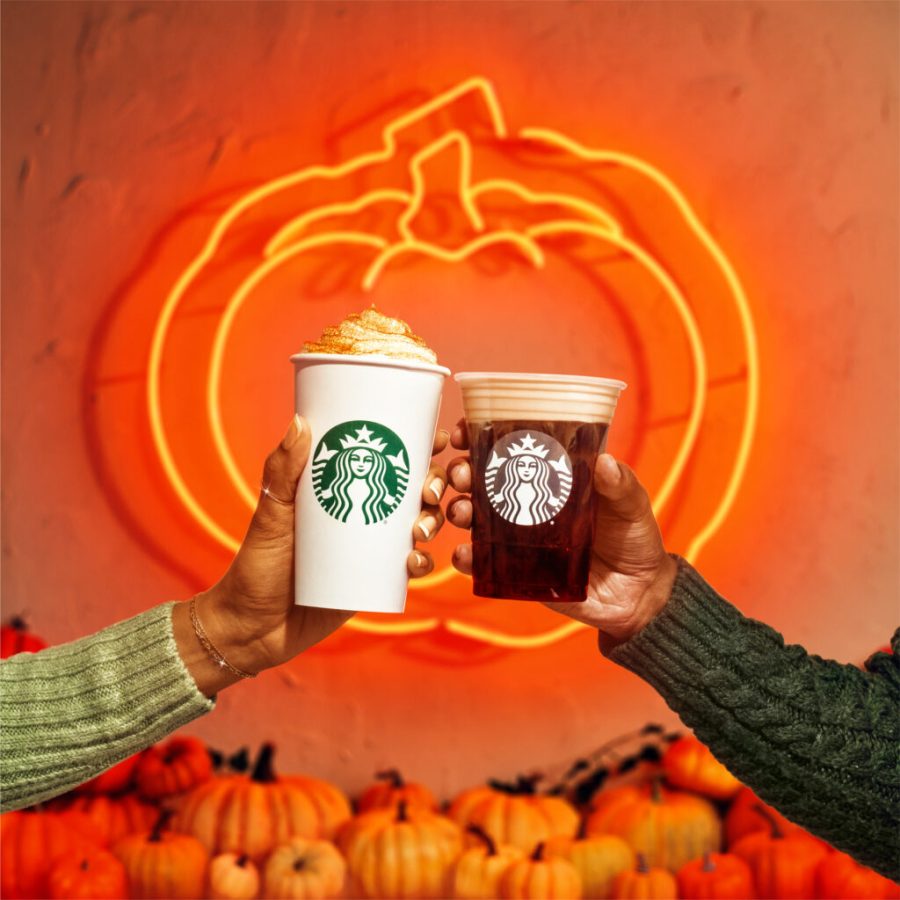Why Pumpkin Spice?
It is already well into November, so you might have noticed all the aromatic fall flavors that have hit the shelves: cinnamon, apple, mint, and the one and only, pumpkin spice! Besides being a popular Starbucks choice of latte, pumpkin spice adds depth and warmth to seasonal cookies, cakes, pies, and even candles.
Pumpkin spice mixes ground cinnamon, clove, ginger, nutmeg, and occasionally allspice. McCormick released the official pumpkin spice in 1934, and ever since then, it has been a bestseller. However, that does not explain why Americans love it so much.
The Science Behind Pumpkin Spice
There are few people in the world who truly love the taste of pumpkin spice; most of us actually love the smell. Our brain takes in information about smells fairly quickly, quicker than taste. The piriform cortex, the part of the brain that processes smell, is located near the area that processes memory and emotions, so it is easier for our brains to connect certain smells to vivid memories and emotions.
For those who associate fall with holidays and happy memories, the smell of pumpkin spice will lead your brain to adapt and associate pumpkin spice with happiness. It is not a secret ingredient; it is nostalgia at play!
Similarly, the familiarity effect is a psychological term that states that the more you are exposed to something, the more familiar it becomes, and the more it shifts your preferences. Like a classmate in all of your classes or a song in all of your playlists, pumpkin spice comes back every year, so we grow more comfortable around it.
Maybe you really hate pumpkin, but there’s no denying that any other holiday scent can beat pumpkin spice. Sure, apple and gingerbread cookies are delectable, but they are nowhere near the all-encompassing flavor sensation of pumpkin spice. With Thanksgiving and winter break around the corner, remember: every time you have pumpkin spice, your brain is strengthening the nostalgia of the sweet fall scent.

Amy is a senior and the Executive Editor for the 2025 year. As her third year in the Banner, she loves writing features articles about the holidays, new...


